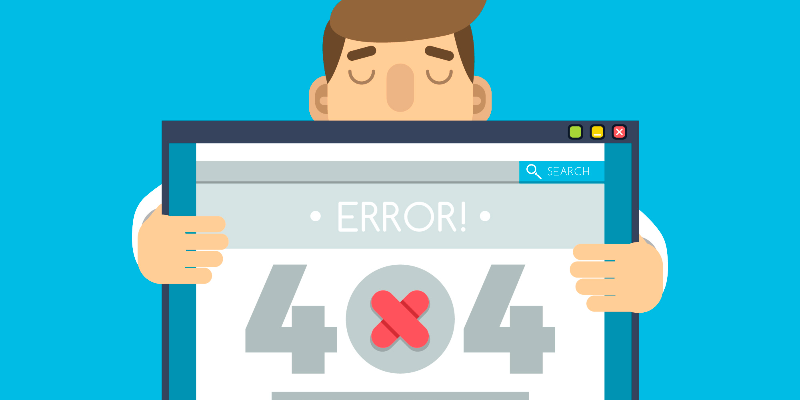

In today’s digital-first world, your website is often the first point of interaction between your business and potential customers. If your site doesn’t offer a seamless user experience (UX), it can directly impact your engagement, conversion rates, and search engine rankings. Despite investing in design and development, many websites suffer due to overlooked UX flaws.
This article explores the top 10 issues of user experience that can negatively affect your website’s performance and how to fix them. Whether you're working with a UI/UX design company in Bangalore or managing your site in-house, addressing these issues is essential.
One of the most common issues of user experience is a slow-loading website. Studies show that users expect pages to load within two seconds. Any longer, and they’re likely to abandon the page, increasing your bounce rate.
Why it matters:
How to fix it:
With the majority of users browsing on mobile devices, a site that isn’t mobile-friendly results in a poor user experience. Responsive design is no longer optional.
Issues of user experience include:
Fix:
Users will depart if they have trouble finding what they're seeking. All pages should have consistent, predictable, and easy-to-use navigation.
Common UX problems include:
Solution:

Effective CTAs guide users to take desired actions, like signing up or making a purchase. Without them, users may feel lost.
Why this is a UX issue:
Fix:
Your website’s visual identity should be coherent across all pages. Inconsistent fonts, button styles, and colors create confusion and reduce trust.
What to watch out for:
Resolve it by:
An overloaded interface with too many elements can distract and overwhelm users. Simplicity leads to clarity.
UX issues caused by clutter:
Improve by:
Users need feedback when they take action, whether it’s clicking a button or submitting a form. Silence can lead to confusion.
Examples of missing feedback:
Fix:
Poor content organization makes it harder for users to consume information. This affects both readability and engagement.
Symptoms include:
Best practices:
Making your website usable for people with disabilities is not only ethical but also expands your reach. Accessibility is an often-overlooked issue of user experience.
Barriers to avoid:
Fix with:
Without real feedback, it’s impossible to fully understand how users interact with your site. Guesswork leads to flawed design decisions.
Why it matters:
Improve UX by:

While the top 10 are critical, other issues of user experience can also degrade performance:
User experience is taken into account as a ranking factor by search engines such as Google. Reduced conversions, shorter stay on site, and high bounce rates are all consequences of a bad user experience. Mobile-friendly, user-friendly, and quickly loaded websites typically rank higher in search results and have happier customers.
Signs of poor UX include:
Here’s how to start resolving issues of user experience:
Whether you’re working with a UI/UX design company or taking a DIY approach, fixing these issues will make your website more effective, engaging, and profitable.
User experience is not just about design; it’s about understanding how users think, feel, and interact with your website. Missed opportunities, wasted revenue, and user annoyance are all consequences of poor UX. By recognizing and fixing these user experience problems, you can make your website more accessible, user-friendly, and effective. UX is becoming a need rather than a luxury in a cutthroat digital world.